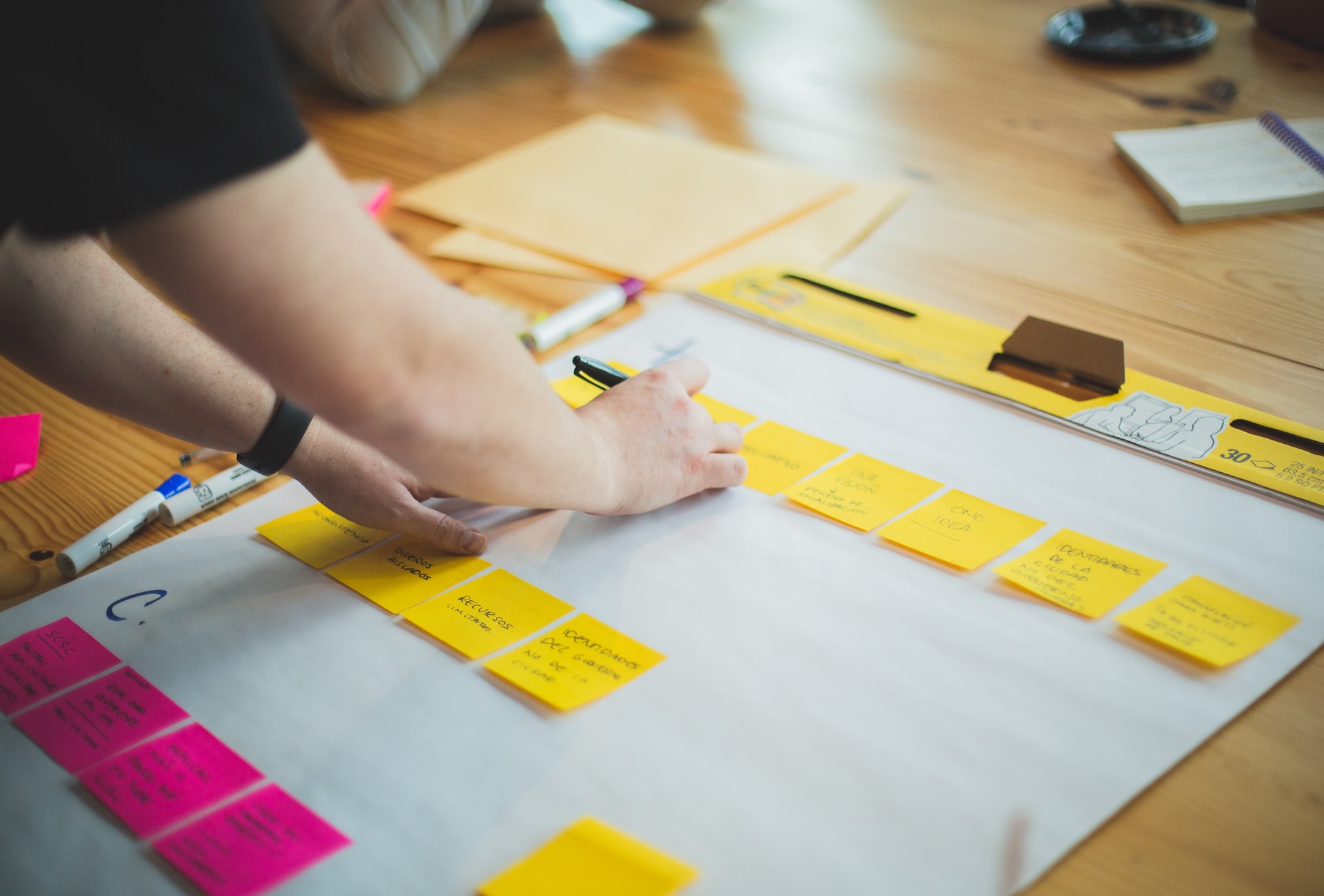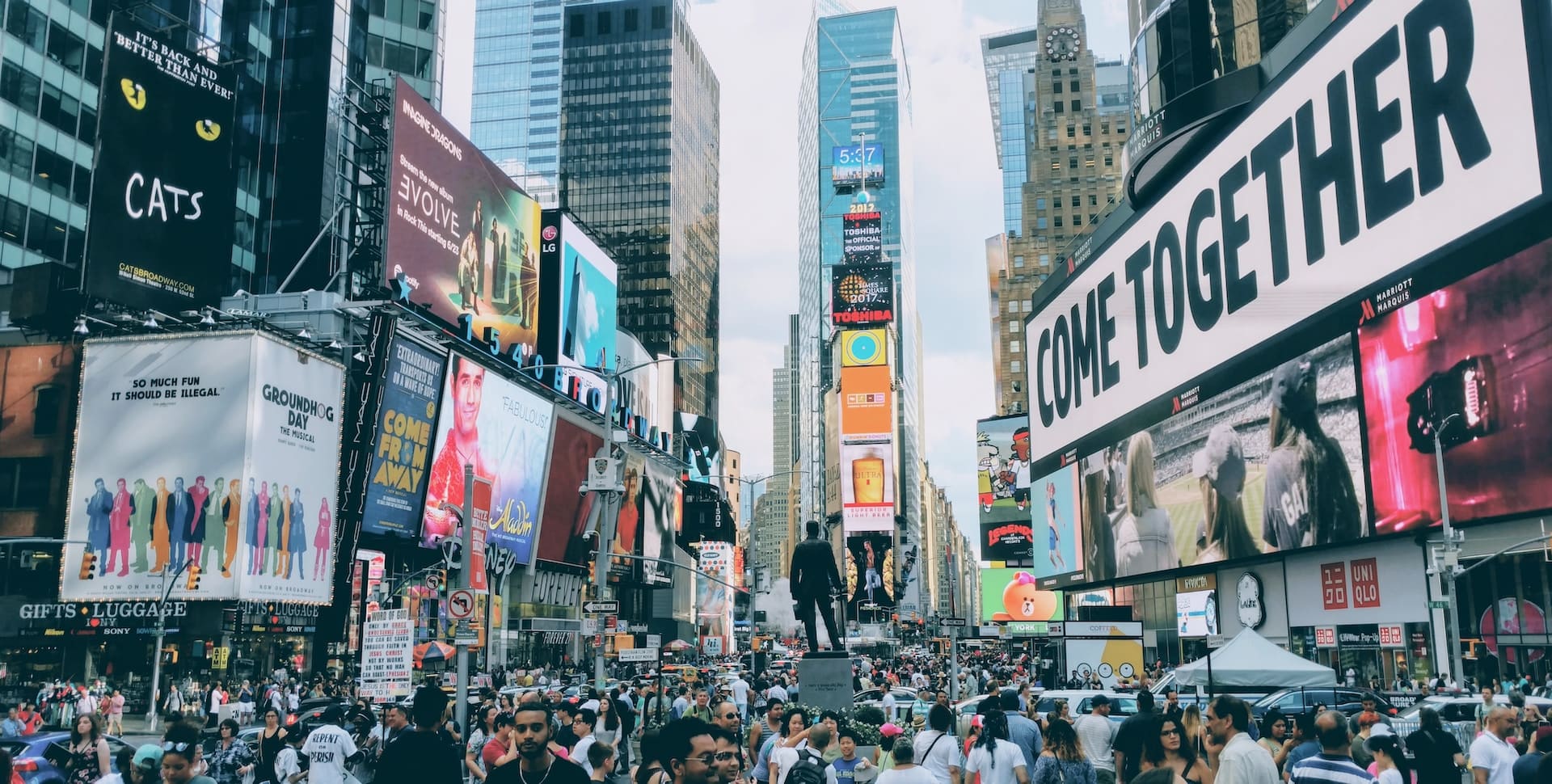You have a great product, but your consumers may only know with great marketing. So, it's your job to create marketing campaigns that break through the clutter and connect with consumers.
Not all customers are created equal. You must understand your consumer audience's values, interests, and opinions; it can mean the difference between a chance sale and a loyal customer.
Marketing is an essential skill that helps brands connect with people in a way that feels more like a conversation between friends than a sales pitch. Friendships are forged over shared experiences, beliefs, and passions.
Brand loyalty is born the same way, so understanding the psychographics of your target audience is critical to understanding what tactics will best attract new customers, retain existing customers, and develop loyalty.
This article will help you understand the power of segmentation and how to use customer variances to connect and influence action.
An Overview of Lifecycle Marketing
Successful marketing focuses on the customer lifecycle, a journey that brands can influence. This journey has three stages: acquisition, retention, and loyalty. Segmenting customers by their psychographics and stage in the lifecycle can significantly affect a brand's bottom line.
Stages of Lifecycle Marketing
Understanding the stages of lifestyle marketing is essential because it will alter how you connect with your consumer audience. Customers' needs and their level of trust evolve with each stage of the customer lifecycle. So, brands must tailor the messages and marketing channels to meet the needs of their audience segments.

Stage 1: Acquisition Marketing
Customer acquisition is developing a consistent practice for enticing customers to action. A systematic approach to acquiring new customers will help you forecast sales and grow revenues more successfully.
There's untapped potential out there, and by marketing to new audiences, you have a prime opportunity to gain new customers. When you target new leads, attracting the right customers is essential to increase the likelihood of long-term loyalty.
Use frequency to move consumers from awareness to action. An action, like the click-through rate, can help you determine the marketing strategy's success.
But the acquisition hasn't transpired until you make a conversion. When a first-time customer books an appointment, fills out a form, makes a reservation, or completes a purchase, that's an acquisition.
Stage Two: Retention Marketing
In stage one, you successfully moved consumers through a funnel from awareness to consideration to action. You earned their business! Now, can you do it again?
Retention marketing is the actions a company takes to encourage repeat purchases. A
Harvard Business School study found that raising retention by 5% can significantly boost profits, ranging from 25% to 95%.
Over time, you want to foster retention marketing efforts to increase the frequency of purchases and even increase the order value. In turn, you can maximize the lifetime value of your customers.
Stage Three: Loyalty Marketing
The final stage is loyalty marketing, where you turn consumers into brand advocates. Loyalty marketing is usually based mainly on incentives, and many businesses benefit from creating specific loyalty programs.
Not only will loyal customers make purchases repeatedly, but they will also help influence the opinions of friends and families. In doing so, loyal customers help grow your revenues and consumer base.
The Lifecycle
It's important to note that a business must always run all three stages in tandem. It would be best to generate new and foster existing business to stay profitable and become a force in your industry. So, never stop the acquisition marketing process – keep gaining new customers! And never stop the retention and loyalty marketing – build a lifetime connection with your customers.
Lifecycle Marketing Channels
There are many ways to reach consumers, especially in this highly digital world. So, tailor your customer marketing to use critical messages and channels that fit best in each stage of the customer lifecycle.
Email Marketing
No matter your campaign, you're bound to collect customer information. So, what's the best way to use that information? Develop an email campaign plan. Email is the most power retention and loyalty tool that brands control. Stay in front of customers with timely information about events, sales, discounts, product information, and educational content that can position you as a trusted advisor.
Social Media Marketing
Go where the consumers spend their leisure time – social media. Consider your target audience and identify the social media platforms they are most likely frequenting. Social media is an ideal strategy to gain new business or retarget customers in the retention and loyalty stages. You can sponsor posts to ensure your ad reaches the right audience at your desired frequency. Tools like Facebook Leads also allow you to gather customer information.
Organic Search (SEO)
It's not enough to have a website. You must have a website that people can find. Having an effective SEO strategy can enhance your customer marketing at all stages.
The best way to increase organic search is to use keywords within the content of your website pages. These keywords can help you index higher in user searches and increases the likelihood of consumers clicking on your website from a top-ranking search result. You can use a tool like SEMRush to help determine which keywords have the most potential to attract new customers.
Paid Search
Placement on the results of those search engines can also be purchased. You can sponsor a paid result to have your business name appear amidst the organic results. Some search engines will even let you display advertising on partner websites--for instance, Google Ads.

Additional Channels
The channels mentioned above are among the most popular ways to manage customer marketing, but that's only the beginning. The realm of possibilities extends far beyond this list.
Once you've mastered email marketing, social media marketing, SEO, and paid search, consider trying push notifications on mobile devices. Or, deviate from the digital strategy and study the benefits of direct mail.
There are endless ways to connect with your customers. Choose the channels that work best for your consumer audience.
Lifecycle Marketing Campaign Templates and Examples
Choosing the right channel to reach your target audience is a small part of making the connection. With each channel, consider how to apply the following lifecycle campaign components:
The Trigger
The customer's action prompts the brand to initiate communication. So, if a customer abandons a cart, remind them that their purchase is waiting. If a customer makes a purchase, follow up with an offer to review a product, a discount to make another purchase or a referral incentive. Several triggers can help influence the brand's follow-up marketing approach. Be deliberate in choosing the right message to support your customer's recent action while considering the customer's stage in the lifecycle and best practices of the communication channel.
The Wait Period
Based on the trigger, know how long to wait before you follow up. For example, you may want to wait a few hours for an abandoned cart. Alternatively, you may want to wait a week for a product review. Give your customer enough time to take action independently before you follow up. Then, if action isn't taken, show your customer your commitment to connecting by reaching out with a meaningful message that prompts action.
The Frequency
Even after customers take the action suggested, it's important to stay top-of-mind. On average, you want to reach out to existing customers about once a week. In the retention stage, you may even follow up within a day to ask for feedback or offer an incentive.
As you can see from the campaign components, the trigger can set the tone for the whole campaign. The triggers can indicate appropriate messages, wait periods, frequency, and sometimes even the best channels to use.
Here is a list of common campaigns generated from consumer triggers:
Recognize how browser behavior indicates customer preferences and use these insights to recommend products or remind customers of a recent search.
Notice cart abandonment and prompt consumers to return to complete the purchase.
Identify changes in customer accounts (i.e., new home, marriage, new baby) and associate that with opportunities corresponding with your brand.
Recognize customer birthdays and anniversaries to maintain loyalty and build a connection.
Record purchase data to request feedback, prompt referrals, or incentivize a follow-up purchase.
Use this list of potential triggers to develop your initial lifecycle marketing campaigns. Then, consider the unique facets of your business to establish campaigns specific to your offerings.
Increase Loyalty to Increase Revenue
Lifecycle marketing can help brands increase customer satisfaction, loyalty, and revenue.
Now that you understand how lifecycle marketing works, you're poised to execute marketing campaigns that successfully move your customers through the lifecycle. The best practices described in this article will help you turn acquisitions into loyal customers. In turn, your bottom line will soar.








